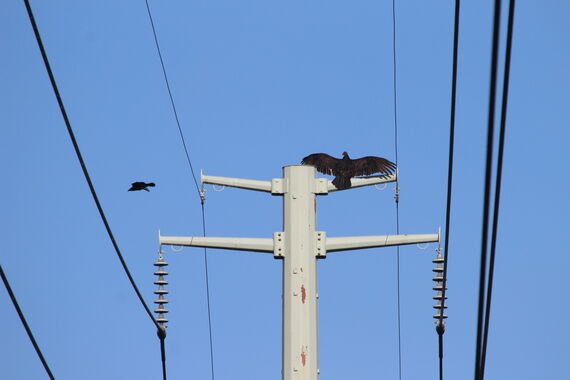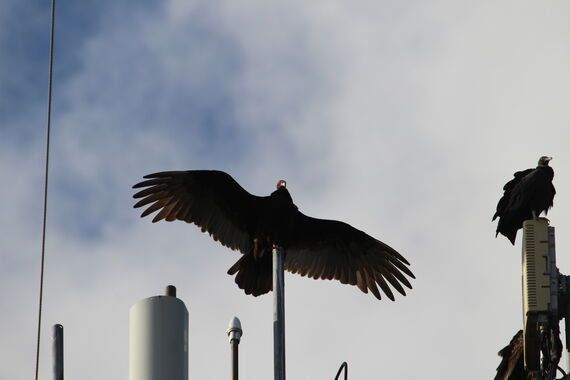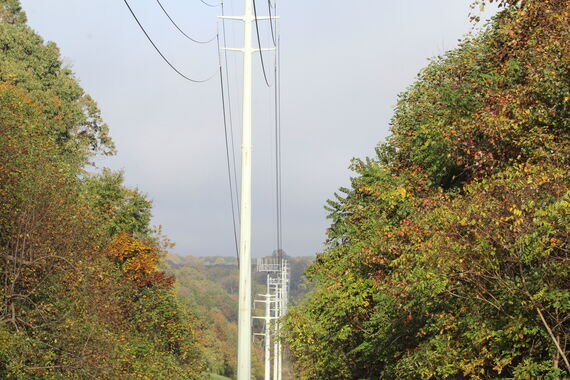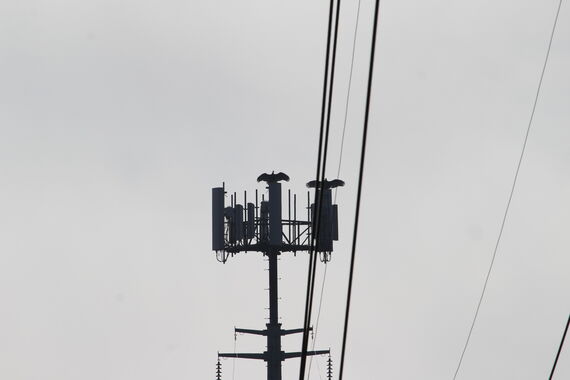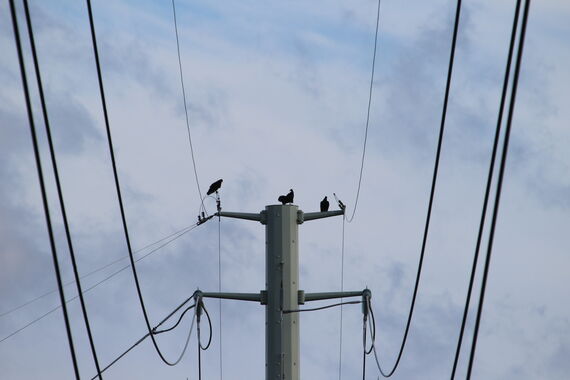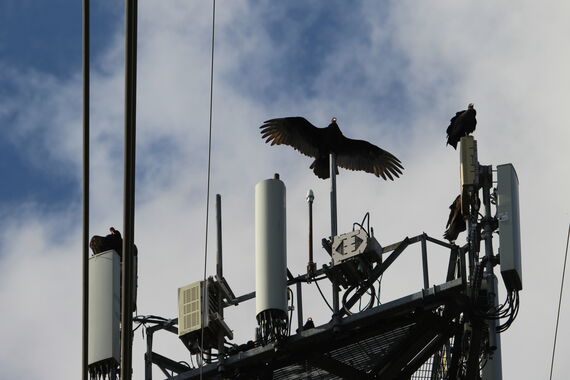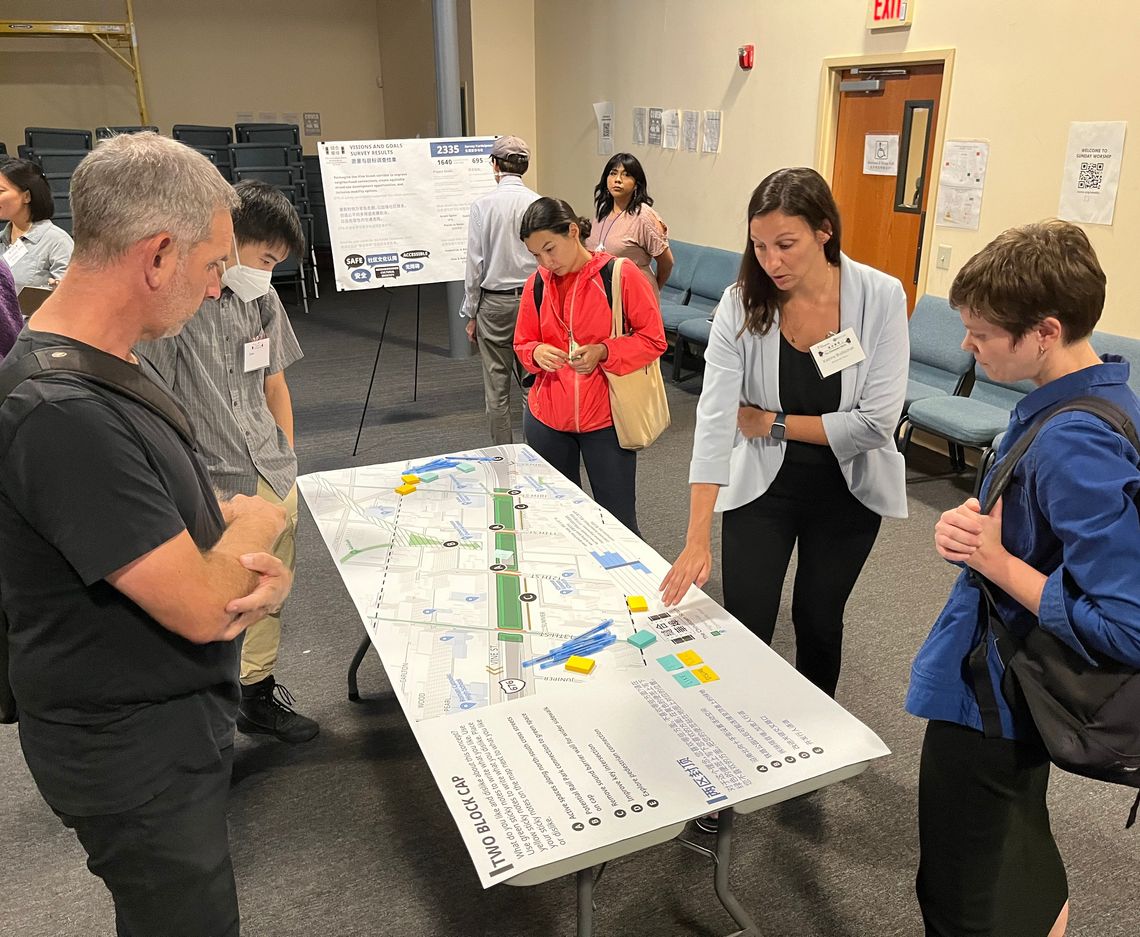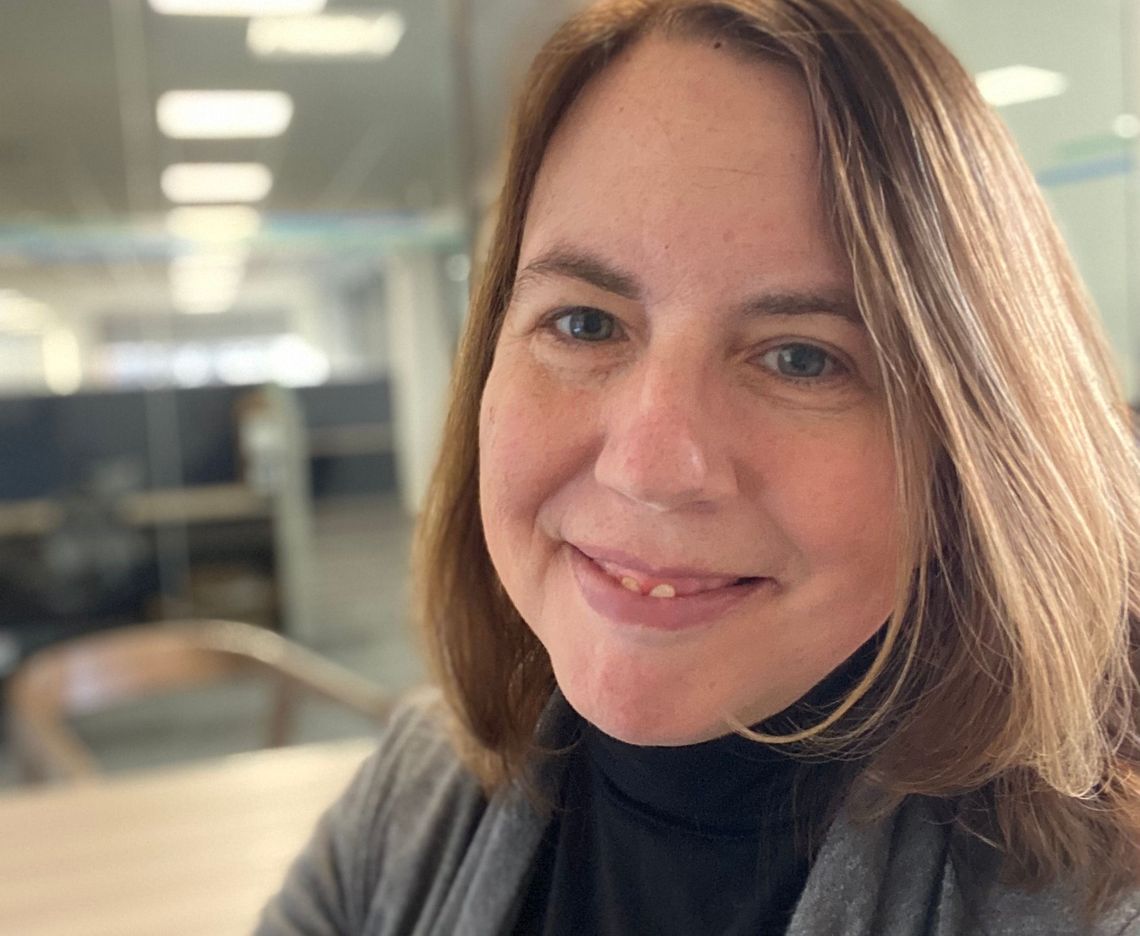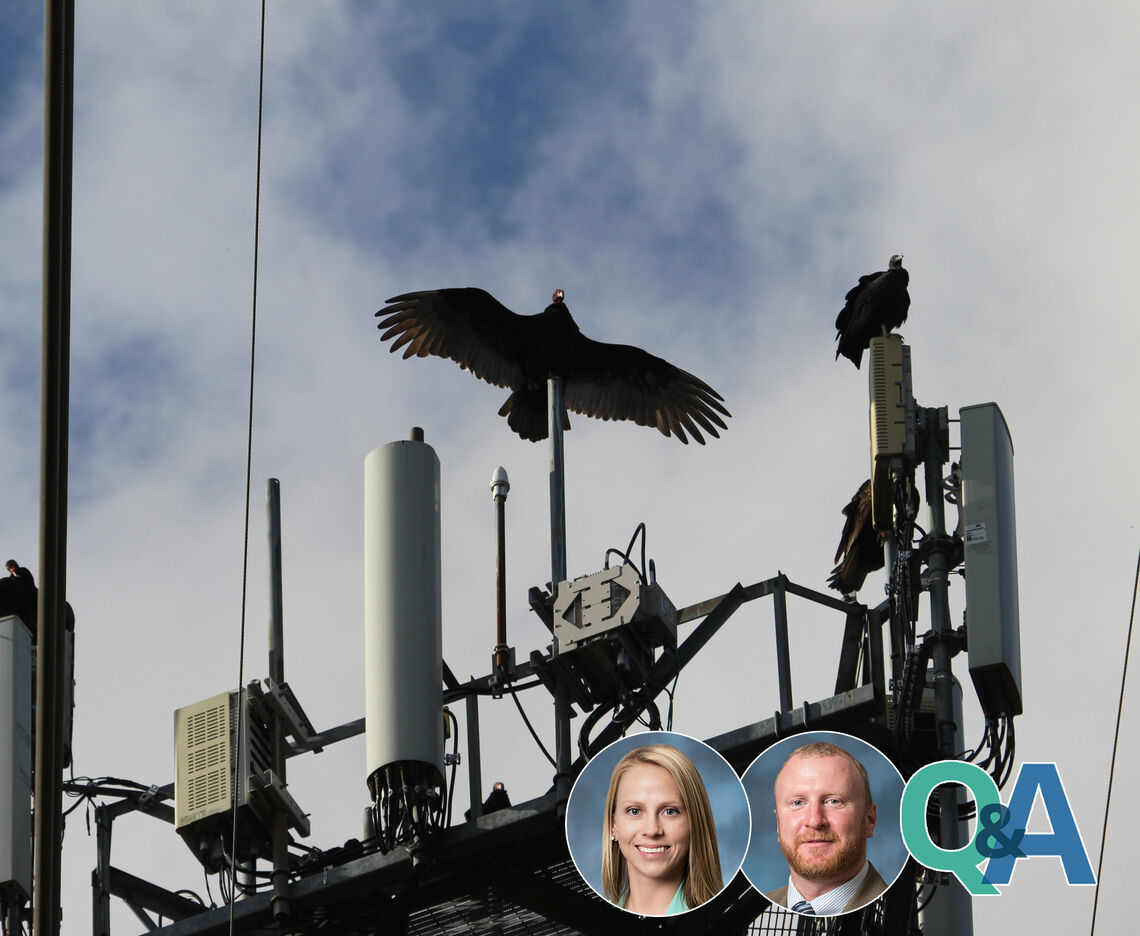
ASK THE PROJECT TEAM: VULTURE MONITORING
Vulture activity along a segment of Baltimore Gas and Electric Company's (BGE) 115kV electric transmission lines that serve customers in Annapolis, MD, resulted in multiple outages in the months prior to the 2020 election. BGE asked McCormick Taylor to provide avian monitoring and hazing services to prevent any further outages leading up to and through the election as well as to help protect birds in the area. We sat down with Emily Choudhry and Tim McGuire to learn more about this project.
What was your role in this project?
Emily: My role was to assess the problem statement, evaluate the subject area, design the mitigation approach, conduct the initial site investigation and observation/mitigation deployment, and interpret the utility of the deployed measures.
Tim: My role was to schedule the fieldwork and organize the reporting and data that was collected. We needed four people to monitor and haze for three full days (10 hours) and then four people to monitor and haze for half days (5 hours) for the remaining time. I coordinated with people from different disciplines such as transportation engineering, water resource engineering, and natural resources to fill in the schedule on very short notice.
Tell us a little bit about what the project is and who it benefits.
BGE reached out to McCormick Taylor because they had outages on the same circuit within two spans of each other twice in one week, both from vultures (one turkey vulture, one black vulture). At the same time, the parallel line was out of service due to planned work, so there were significant impacts in the Annapolis area, as well as to the Board of Elections. The project benefited BGE and its customers by avoiding any more outages, especially leading up to and during the election.
What about the project highlights McCormick Taylor’s talents?
We utilized a Permit Tracking Application developed by Billy Meredith, McCormick Taylor’s lead Application Developer, to upload our daily reports with photographs and provide reports to the client on a daily basis. With the help of our GIS group, we developed an ArcGIS webmap to highlight areas of concern and observed flight paths of the vultures through the project area. These tools provided the client with a clear and easy way to visualize the information collected. The data provided in the application and webmap allowed the client to better understand the daily hazards relating to the vultures and to make decisions regarding hazing and deterrents.
The client presented McCormick Taylor with an issue that required a very quick response. The McCormick Taylor team was able to develop a scope, plan, and assemble a qualified field team within less than a week of the initial request. We deployed a team of qualified professionals on what amounted to a moment’s notice.
Have you come across any challenges or concerns while working on this project?
The project required almost immediate mobilization. It was challenging at first to develop a schedule, field protocol, and identify the qualified staff to complete the project within the timeframe and budget. As we settled into the monitoring, we adjusted our protocol in the field to meet the project needs. This included changing hazing techniques as needed and identifying locations for field spotters to let other team members know when birds were approaching. After the first couple of days in the field, we had a good handle of what needed to be done and it was smooth sailing from that point on.
Challenges were confronted in identifying hazards associated with species that we have not traditionally studied and in interpreting the appropriateness of mitigation measures (visual, acoustic deterrence, etc.) typically used for generally universally regulated, commonly studied species.
Does the project have any unique aspects?
We have not had a project like this where we’ve needed to monitor and haze vultures. Because of the tight schedule and the number of people we needed to cover the study area, the project brought the opportunity for multiple disciplines to work together, which does not happen very often with this type of work.
Many projects involve “high-value” raptor species like eagles, ospreys, and hawks, which have garnered the affections of the human community that is directly affected by the presence or absence of the species in question. Here, we were primarily concerned with the least celebrated, and perhaps most ominous of species, the vulture, whose presence/absence often goes unnoted, despite their significant role in the “Circle-of-Life.”
Can you touch on some of the key technical aspects of the project?
Key technical aspects consisted of the identification of target species (black and turkey vultures), assessment of hazards associated with target species and their physical dimensions and behaviors with regard to energized equipment that has been subject to failure (via review historical outage data and evaluation of apparent cause(s) of recent outages), and context-sensitive evaluation of available mitigation methods (i.e., effectiveness vs. density/proximity of residential resources).
What’s your favorite part of the project?
The fast-paced nature of the project, working with a client we have not worked with before, and working with McCormick Taylor staff that we have not worked with before. We also enjoyed the fast-paced nature of the project.
It was fun to have a new challenge presented to us. We had to determine how to effectively haze the vultures in a residential area and assist BGE to improve electric service reliability for customers. We enjoyed investigating a species that has not previously been presented as a significant concern from our clients, and we enjoyed getting to know the client.
